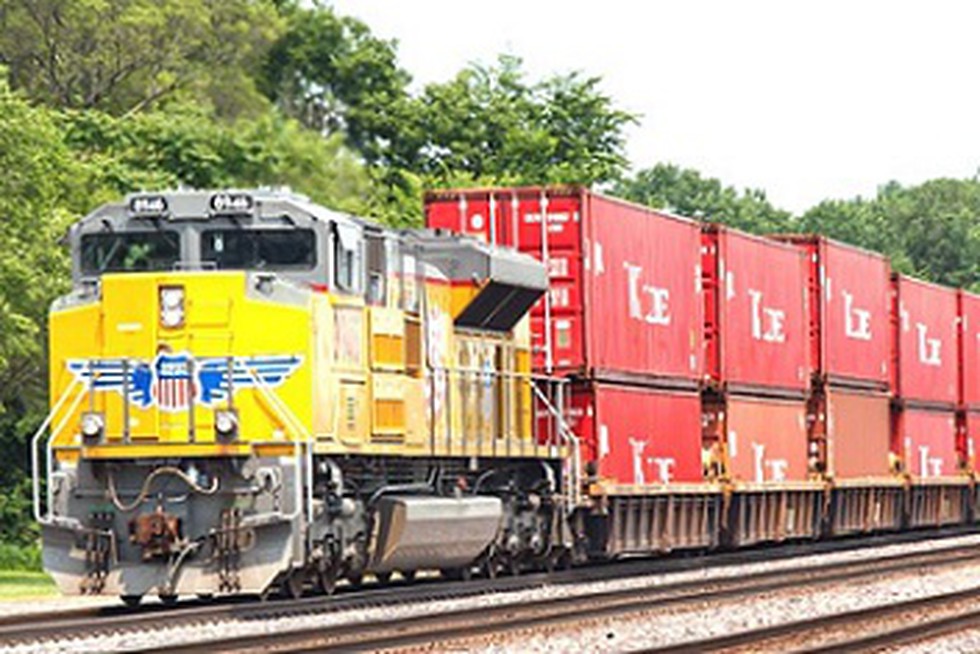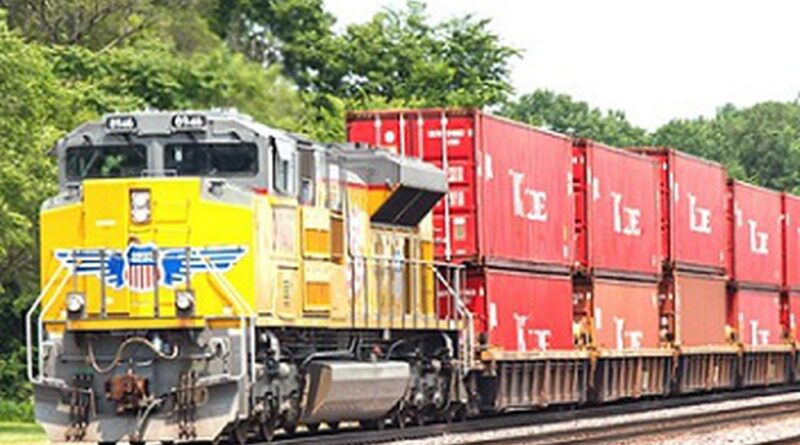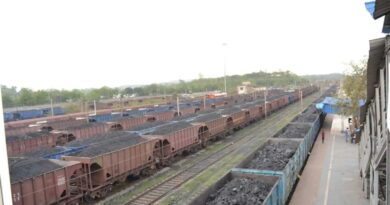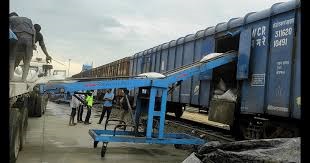DFC helped Indian Railways to increase Rail Co-efficient
As per credit ratings agency CareEdge report, container cargo transported through Indian Railways (rail volumes) rose by a healthy 17.63 per cent year-on-year to 74.38 million metric tones during the previous fiscal as compared to 12.51 per cent growth in overall container cargo volumes.

The Indian Railways’ rail co-efficient also went up by 115 bps to 26.70 per cent during FY22, mainly supported by partial connectivity of the dedicated freight corridor (DFC) with Mundra and Pipavav ports on the western coast, it added.
According to estimates, inventory carrying cost amounts to 43 per cent of the overall spend of logistics. Therefore, reduction in transit duration is expected to “help achieve just-in-time based inventory management thereby boosting the cost competitiveness of domestic goods.”
Current challenges to this shift, according to the report, include higher haulage rates for freight traffic due to extensive cross-subsidization of passenger traffic and the absence of a regulatory body for the railways.
Transit assurance under DFC aiming to squeeze the travel period by 40-50 per cent for some of the major routes and over 3x growth in the movement of cost-effective double stacker container trains by FY25 will accelerate this transition, CareEdge said.
“Nevertheless, prevailing high haulage rates for operating container trains due to extensive cross-subsidization with passenger freight, challenges in establishing end-to-end connectivity and the absence of regulator in Railways unlike other key infrastructure segments are impeding the modal shift of cargo from roads to rail,” PTI quoted Rajashree Murkute, Senior Director for Corporate Ratings at CareEdge Ratings, as saying.




